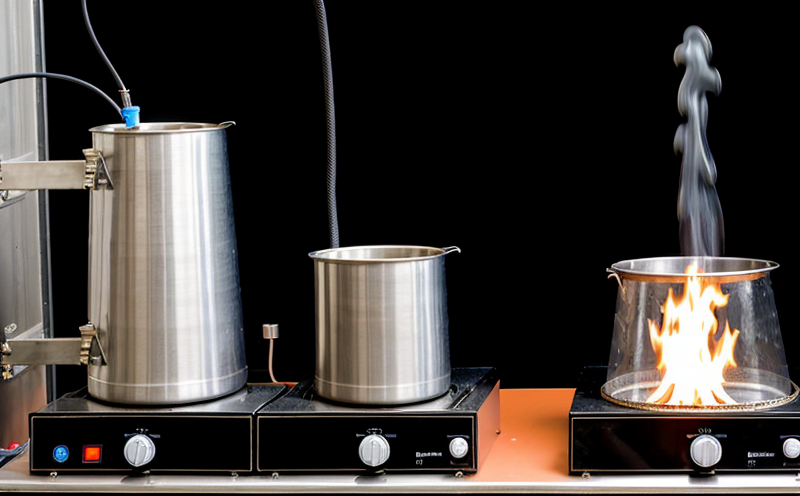Heat Release Testing of Insulation Materials
In the realm of fire safety testing, heat release testing plays a pivotal role in ensuring that materials used in construction and other industries meet stringent regulatory requirements. This service is particularly critical for insulation materials as they form the first line of defense against flame spread and smoke generation during fires.
The primary goal of heat release testing is to quantify the amount of heat released by a material when exposed to fire, along with the rate at which it is released. This information is crucial for understanding the combustibility of insulation materials and their potential impact on fire behavior in buildings or installations. By accurately measuring these parameters, we can predict how much heat will be produced if a material catches fire, helping architects, engineers, and manufacturers make informed decisions about material selection.
The process involves subjecting a specimen to controlled combustion conditions, typically using calorimeters that measure the energy released over time. The results are then analyzed according to international standards such as ISO 56602-1, which provides guidelines for heat release testing of building materials and elements in case of fire.
Specimen preparation is another essential aspect of this testing. Materials must be cut into standardized sizes that accurately represent real-world conditions while maintaining consistency across tests. This ensures reliable data that can be used to compare different products or versions of the same product over time.
The instrumentation used in heat release testing includes high-precision calorimeters capable of measuring both the heat output and its rate during combustion. These instruments are calibrated regularly to ensure accuracy, providing consistent results regardless of slight variations in experimental conditions.
From a practical standpoint, this service offers significant benefits for quality managers, compliance officers, R&D engineers, and procurement professionals involved with insulation materials. It helps them stay ahead of regulatory changes by ensuring their products meet current standards. Additionally, it aids in product development by identifying potential improvements that could enhance fire safety performance.
| Application Area | Description |
|---|---|
| Data Centers | Ensuring that insulation materials used in data centers do not contribute significantly to fire spread or smoke production. |
| Hospitals and Nursing Homes | Protecting vulnerable populations by minimizing the risk of fire-related injuries through effective insulation choices. |
| Schools and Universities | Avoiding accidents that could disrupt educational processes due to fires caused by combustible building materials. |
Why Choose This Test
- Predicts how much heat and smoke will be released if a material catches fire, essential for designing safer buildings.
- Meets stringent regulatory requirements set by organizations like the International Organization for Standardization (ISO).
- Provides valuable insights into product performance that can guide continuous improvement efforts within R&D departments.
- Ensures compliance with local and international fire safety codes, reducing legal risks associated with non-compliance.
International Acceptance and Recognition
- The test results are widely accepted by regulatory bodies across countries that adhere to global standards for fire safety.
- It is recognized as a key component in the certification process for various insulation materials used in critical infrastructure projects worldwide.





